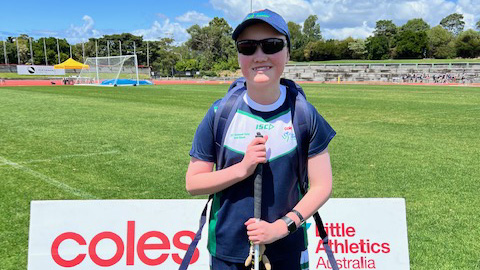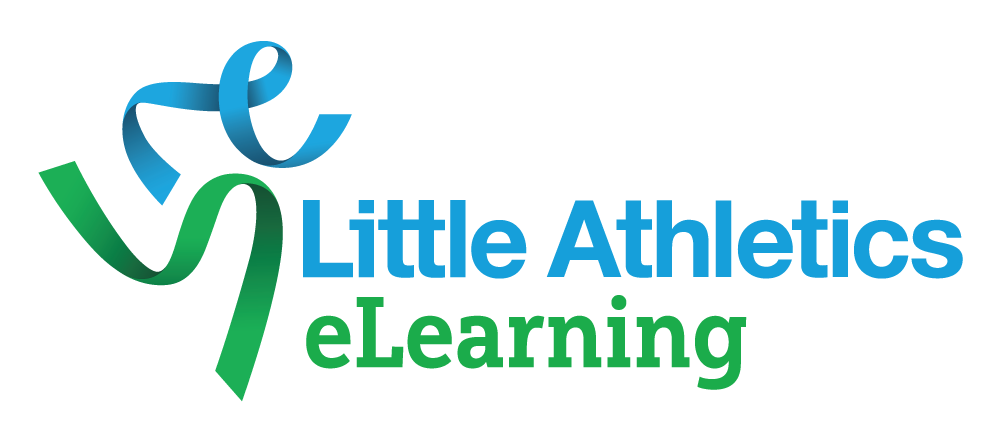Vision Impairment

What is Vision Impairment?
Vision impairment is a loss of vision that cannot be corrected with glasses. It ranges from low vision to blindness.
- Pronounced vi·zhuhn uhm·peuh·muhnt
- Low vision is when an athlete can’t see all the things they should be able to see for their age. They might have low-to-no vision, blurred vision, loss of side vision or change in colour vision.
- Blindness is when an athlete can’t see at 6m what a person with typical vision can see at 60m or they have a small (less than 20deg) field of vision.
Causes of Vision Impairment
Children with short stature may experience hearing loss because the tubes in the ear are narrow Babies might have vision impairment at birth. It can also happen later because of disease, injury or a medical condition.
Safety
There are important considerations to the environment and in offering a guide for the athlete to participate fully in all events.
Benefits of Athletics
Health
Research shows children with vision impairment can have decreased fitness due to fewer opportunities for regular exercise.
Athletes with vision impairment may have had fewer opportunities or less interest in games and sports which develop balance and coordination due to the risk or difficulty.
Terms to use and terms to avoid
| Terms to use | Terms to avoid |
| Person with vision impairment | Blind as a bat |
| Person with low vision | Person without sight |
| Xena is blind | The blind |
Sources
Vision Australia – https://www.visionaustralia.org/
World Health Organisation – https://www.who.int/news-room/fact-sheets/detail/blindness-and-visual-impairment





